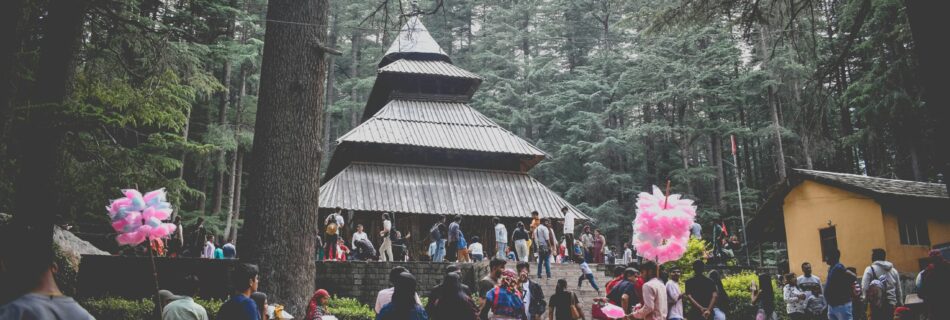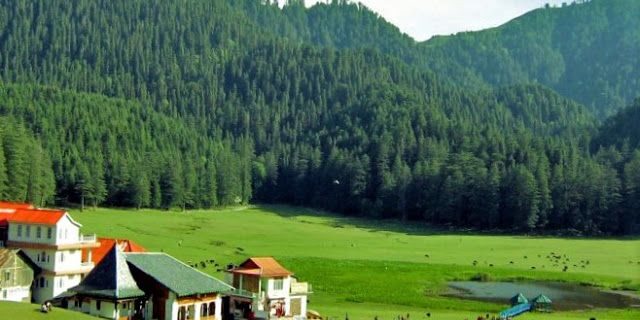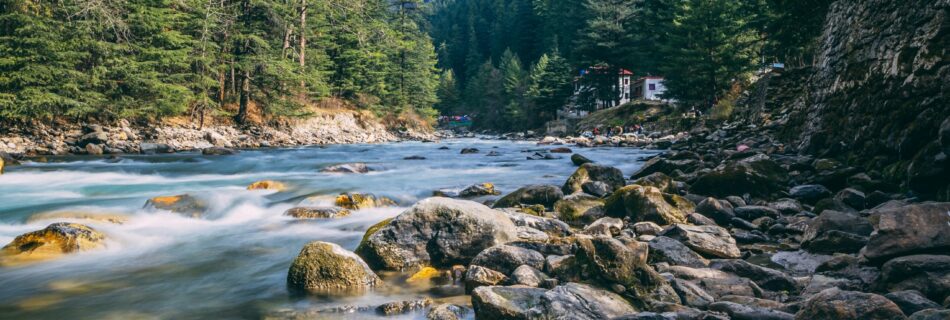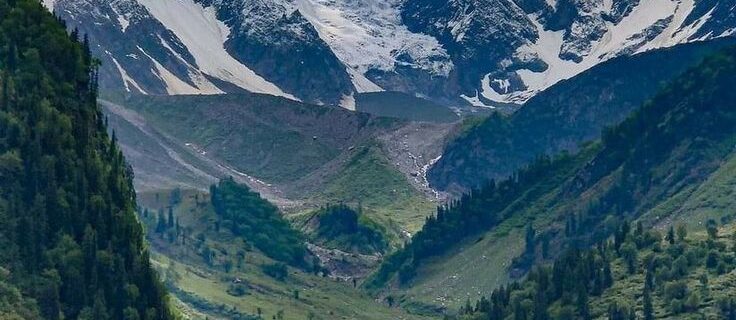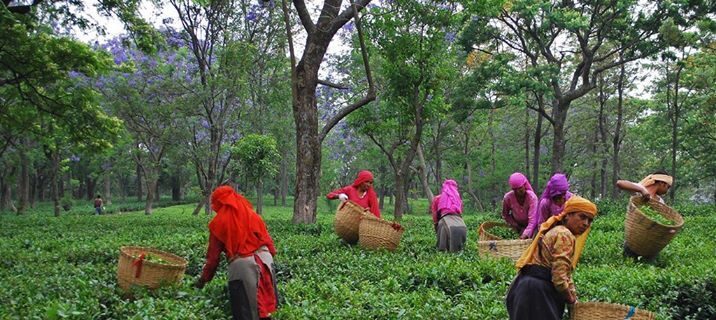Travel Days:
- Duration of Visit: Half a day is typically sufficient to explore Hadimba Temple and its surroundings, though you could easily extend your stay to enjoy more of Manali.
Main Attractions at Hadimba Temple:
- Architectural Significance: The temple is built in a distinctive pagoda style, entirely from wood, and is dedicated to Hadimba Devi, a figure from the Mahabharata. It’s renowned for its beautifully carved wooden doors and the 24-meter tall shikhara rising above the sanctuary.
- Historical and Cultural Importance: Dating back to 1553, this temple is deeply embedded in local lore and culture. It is a site of major local festivals, like the Hadimba Devi Festival in May, attracting many devotees and tourists.
- Surrounding Cedar Forest: The temple is nestled in the Dhungri forest, offering a serene and picturesque environment that’s perfect for nature lovers and photographers.
Best Time to Visit:
- Summer (May to June): The weather is pleasant, making it a great time to visit. This period also aligns with the Hadimba Devi Festival, which is a vibrant and colorful time to experience local traditions.
- Autumn (September to November): With fewer tourists and clear, crisp weather, autumn is ideal for those seeking a more tranquil visit.
Best Food to Have:
- Local Cuisine: Manali offers a variety of local Himachali dishes that you should try.
- Siddu: A locally made bread stuffed with poppy seeds, nuts, or dal, typically served with ghee or local chutney.
- Trout Fish: Cooked fresh and typically grilled or fried, available in many restaurants in Manali.
- Restaurants Near Hadimba Temple: There are several eateries around the temple where you can taste these local delicacies.
- Cafe 1947: Not far from the temple, it’s a great place for Italian food with a view of the river.
- Johnson’s Cafe: Known for its European and Indian cuisines, offering a cozy dining experience.
Travel Tips:
- Getting There: Hadimba Temple is just a few kilometers from the main town of Manali. You can walk from Manali town, hire a local rickshaw, or drive.
- Respect the Site: As a religious site, please ensure you respect local customs—dress modestly and speak quietly.
- Photography: While photography is allowed, always be respectful of worshippers and ceremonial activities.

